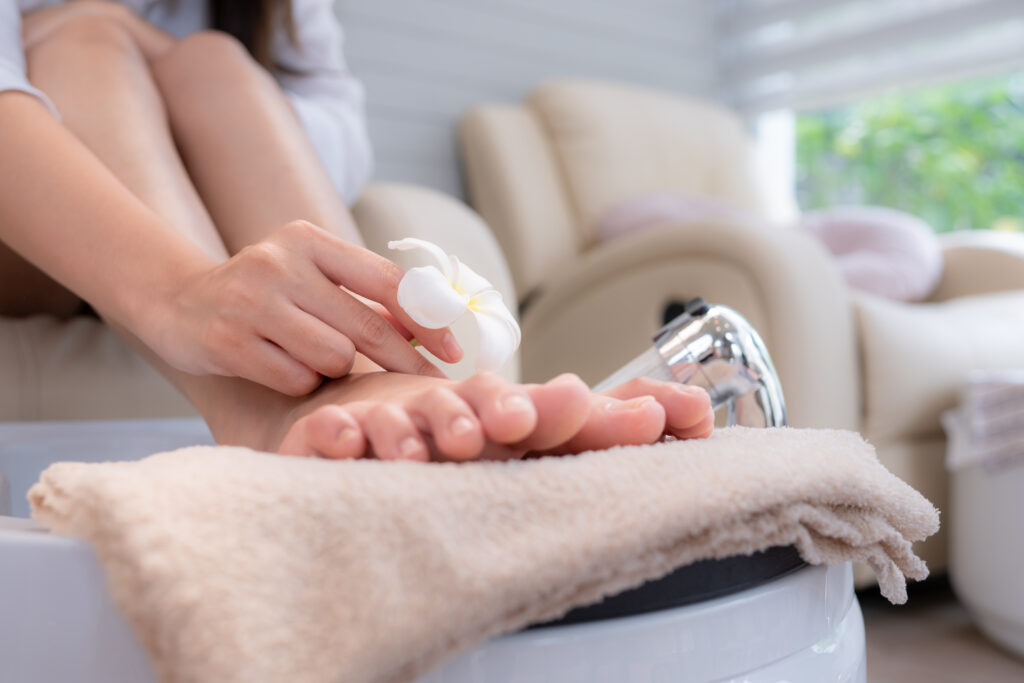
Say goodbye to unsightly nails and hello to healthy, beautiful feet with the latest in nail fungus treatments!
Whether you prefer the convenience of home remedies or the cutting-edge solutions offered by professionals, there’s a treatment for everyone. Discover the magic of natural oils, the power of antifungal lacquers, and the innovative DIY techniques that beauty enthusiasts swear by. Don’t let nail fungus keep you from flaunting your fabulous nails—embrace these effective cures and step confidently into a world of stunning, flawless beauty!
Causes and Risk Factors
When it comes to nail fungus, the little critters responsible are usually a group of fungi called dermatophytes. These guys love to snack on keratin, the stuff our nails are made of. Sometimes, yeasts and molds join the party, leading to all sorts of nail troubles.
Now, who’s more likely to get this pesky problem. Older folks tend to get it more often because, well, nails grow slower and circulation isn’t what it used to be as we age. If you’ve got diabetes or sweat a lot, you’re also rolling out the welcome mat for these fungi34. And let’s not forget about those damp places like locker rooms and swimming pools; walking around barefoot there is like giving fungi a free ticket to your toes.
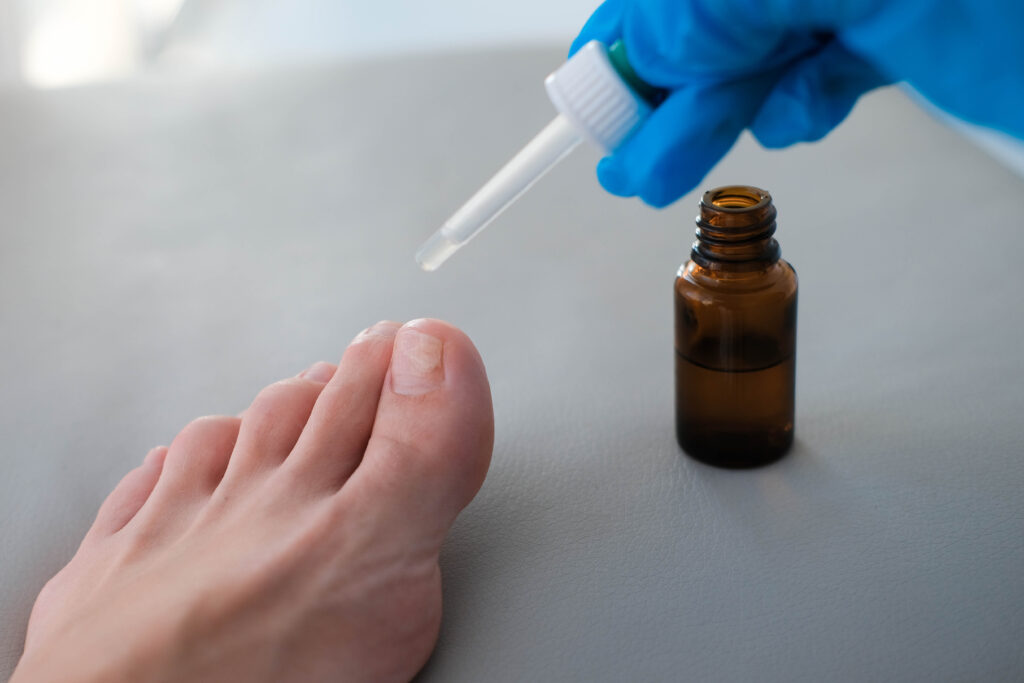
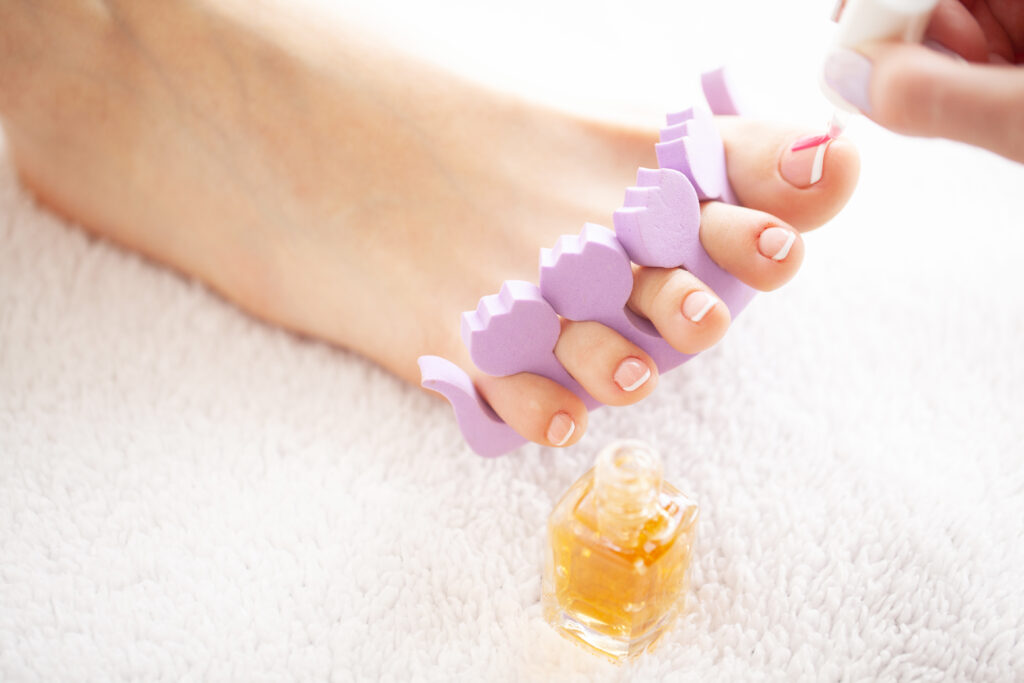
Symptoms and Diagnosis
If you’re worried about nail fungus, keep an eye out for nails that look a bit off. They might get thicker, change color to a dull yellow, or start to crumble like an old cookie. Sometimes, they can even start to lift away from your skin, and you might notice a bit of a stink.
Now, if you think you’ve got this issue, your best bet is to see a doctor. They’ll take a good look at your nails and might even scrape a tiny bit from under your nail to send off for tests. This helps them figure out if it’s really a fungus causing the trouble or something else. They might use a special test called a KOH smear or grow the fungus in a lab to be sure. It’s like being a detective, but for your nails! So, remember to keep your nails clean and dry and if something looks funky, don’t wait to get it checked out.
Nail Fungus Treatment Options
When it comes to tackling nail fungus, the beauty aisle is your treasure trove of over-the-counter warriors ready to banish those pesky intruders. Starting with Mr. Pumice Fungus Treatment No Thymol, a gentle yet effective formula, you set the stage for a fungus-free nail journey. Transitioning to Varisi – Nail Solution, you find a botanical approach that’s both soothing and potent. Next, the VITE20 line offers a trifecta of antifungal prowess with its Brush-On Kills Fungus, Skin & Nail Clearing Gel, and Antifungal Cream—each designed to target the problem with precision and ease. Meanwhile, Dr. G’s Clear Nail Antifungal Treatment brings a dermatologist’s touch to your home care routine.
For those seeking maximum strength without a prescription, NailTek AntiFungal Maximum Strength stands as a formidable option. Similarly, Antifungal Fungus Killer lives up to its name, offering a robust defense against fungal foes. Lastly, Hollywood Style Foot Antifungus Gel wraps up your arsenal with a touch of glamour, ensuring your feet are not only healthy but also red-carpet ready. These treatments, while powerful, are just the beginning.
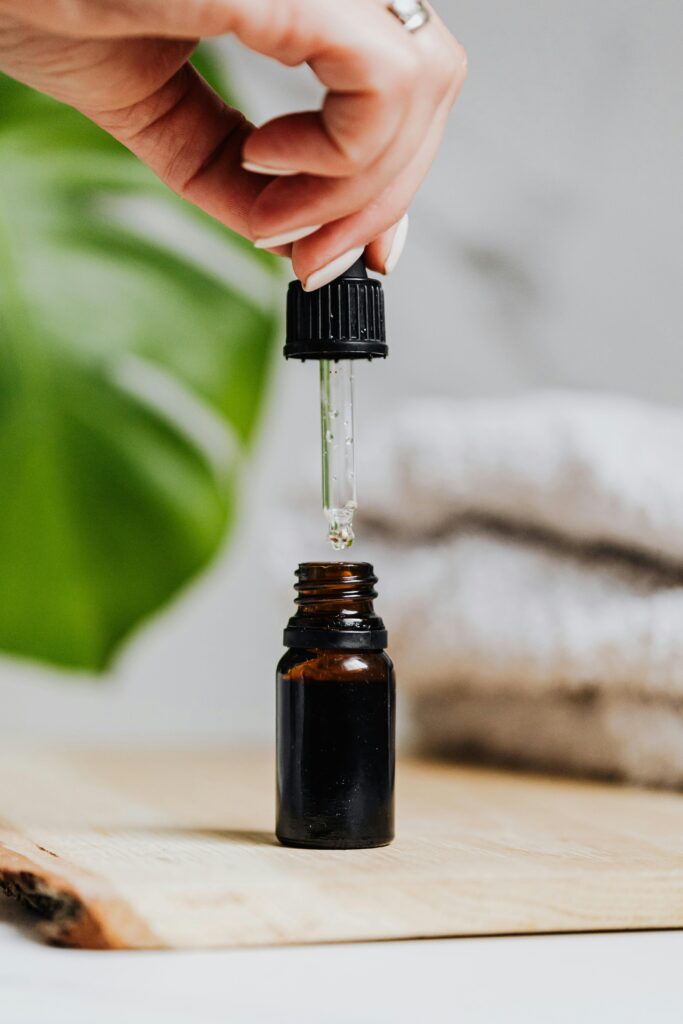
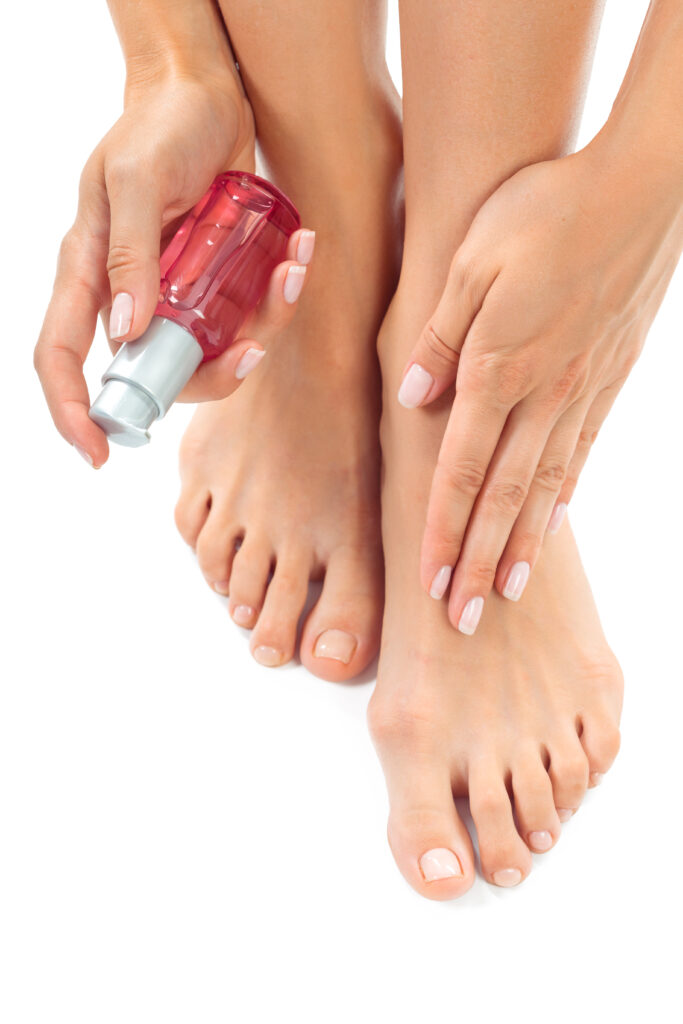
Prevention Strategies
- Hygiene Practices:
- Wash your feet daily with soap and water, making sure to clean between your toes.
- Dry your feet thoroughly after washing, especially between the toes.
- Keep your toenails trimmed short and straight across to prevent bacteria and fungi from growing underneath.
- Change your socks at least once a day to keep feet fresh and avoid moisture build-up.
- Lifestyle Changes:
- Choose breathable footwear to reduce moisture, which can promote fungal growth.
- Avoid walking barefoot in public areas like gyms, showers, and pools to prevent picking up fungi.
- Rotate your shoes regularly to allow them to air out between uses.
- Use antifungal sprays or powders in your shoes and on your feet to keep fungus at bay.
Keep Your Nails Healthy
- Clean and Prep: Wash your hands and use a brush to gently clean under your nails.
- Trim and Shape: Trim your nails regularly and shape them with a file, moving in one direction to avoid splits.
- Cuticle Care: Apply cuticle oil or cream to nourish and push back your cuticles gently.
- Moisturize: Keep your nails and hands moisturized with hand cream or oil, especially after washing.
- Protect: When doing household chores, wear gloves to protect your nails from harsh chemicals and water.
- Nourish: Include foods rich in protein and omega-3 fatty acids in your diet to support nail health.
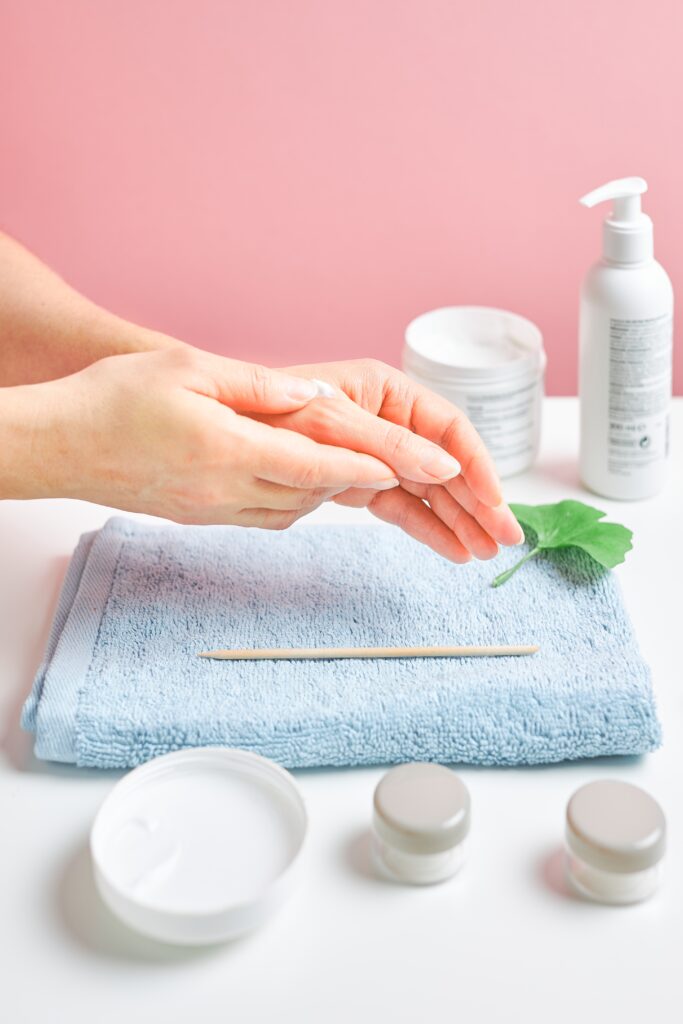
FAQ
The most common treatments for nail fungus include home remedies like vinegar soaks, tea tree oil, and Vicks VapoRub, as well as over-the-counter products such as antifungal creams, gels, and medicated nail polishes. These treatments are widely available and can be effective, especially when used consistently and according to the instructions. For persistent or severe cases, consulting a healthcare provider is recommended.
Good hygiene is key. Keep your feet clean and dry, change your socks regularly, and wear breathable shoes. Avoid walking barefoot in public areas and choose socks that wick away moisture. If you frequent nail salons, make sure they sterilize their tools.
Treatment duration varies. Topical treatments can take several months, while oral medications may show improvement in 6 to 12 weeks. Full nail regrowth can take up to a year or longer. Patience and persistence are key.
Over-the-counter and prescription topical treatments generally have minimal side effects, such as skin irritation. Oral medications can cause more serious side effects, including liver damage and gastrointestinal issues. Always discuss potential risks with your doctor.
Laser treatment is a newer option that some find effective. It involves using a focused laser beam to destroy the fungus. It’s generally safe with few side effects, but it can be expensive and may require multiple sessions.

